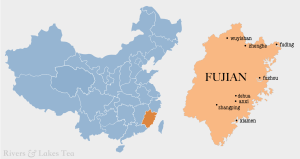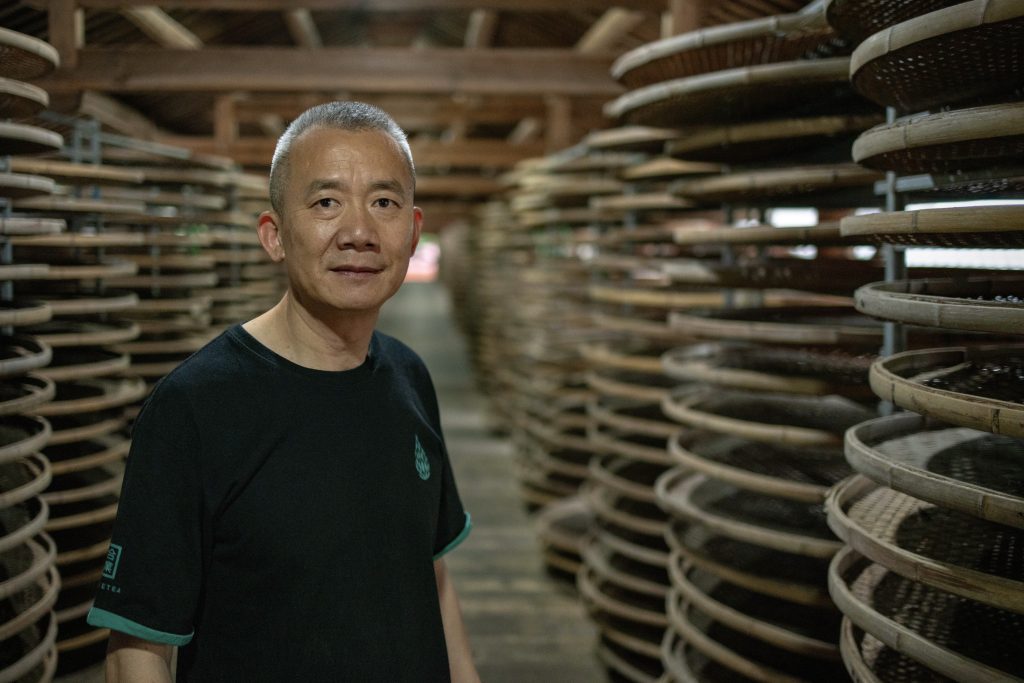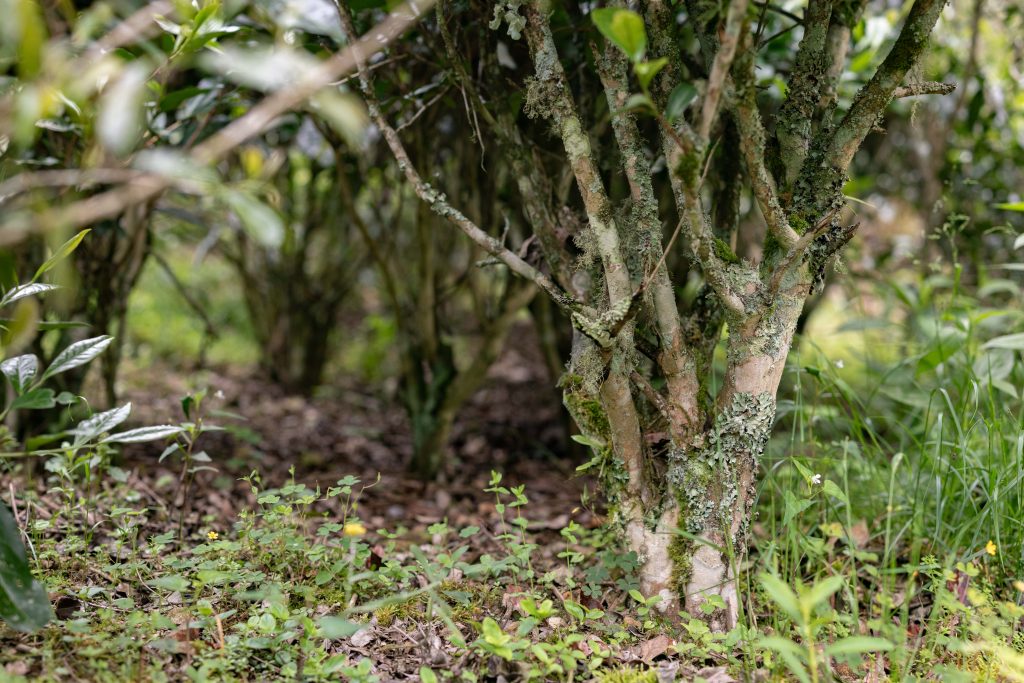$16.00 – $30.00
This clean, brisk daily drinker red has a refined balance of cocoa, spiciness, fruitiness, and florality, all framed by a bold, juicy, medium body. Quality base materials harvested on April 20th in Jinping Village from heirloom 小菜茶 xiao cai cha plants yield an entertaining brew with a nice wildflower and wintergreen aromatic profile.
Zhenghe County, located in northern Fujian between Fuding on the coast and Wuyishan (sharing the same administrative district Nanping) a bit further west is most known for its white tea production. With over one thousand years of tea history, Zhenghe is considered a superior tea growing region, and alongside Fuding, Jianyang, and Wuyishan, maintains a somewhat credible (yet ultimately not provable) claim as the birthplace of white tea.

Deep roots, nearly forgotten
It is said that in 1874, a teaman from neighboring Jiangxi province came to Zhenghe to introduce red tea production. The hand crafting procedure of this style of tea was new and different and therefore considered arduous, leading to the name 工夫红茶 Gong Fu Hong Cha, with Gong Fu meaning "with skill". In the years leading up to the founding of the People's Republic in 1949, Zhenghe Gong Fu had become a sought after export, producing around 500 tons annually, gaining some traction in Russia, the US, and parts of the Middle East. In the later part of the century, that number dwindled to just 50.
These days, Zhenghe County annually produces about 17,000 tons of tea in total, of which 60 and 70% is white tea, the rest comprised predominantly of red tea (roughly 5,000 tons). Because of the renaissance that red tea is having in the last twenty years (thanks to the advent of Jin Jun Mei) and the old, established regional name, most Zhenghe white tea producers will try their hand at a simple red and call it a Gong Fu Hong Cha. In our experience most of these productions seem like an afterthought; less emphasized than the primary focus of white tea, and tend to be unimpressive.
After connecting with Yang Feng, the UNESCO and Chinese government ordained 传承人 "Intangible Cultural Inheritor" of Zhenghe White Tea and trying his white tea, we were curious if he produced the region's red tea. As it turns out, he's likewise been knighted the cultural inheritor of Zhenghe Gong Fu Hong Cha, and produces several grades. The designation requires Mr. Yang to uphold the highest standards of these teas' craft, and after sampling them, this tippier grade of Gong Fu Red Tea checked out.

Slated for release sometime in the next year, Yang Feng's aggregated research of historical records will be published as a book on Zhenghe Gong Fu. While discussing its release with him, he expressed excitement to be able to reveal a discovery of records that indicate Zhenghe Gong Fu to be the rightful precursor to Qimen reds, upending the idea that Qimen reds were the first to be inspired by the original red teas made in the style's birthplace, Tongmu Pass. When it's finally published we'll try to share his findings.
Jinping Village, a jewel of Zhenghe
From the city in Zhenghe, Jinping is an ancient village about an hour's drive east into the country resting at about 1000 meters, hugging the Zhejiang provincial border to the north. With over a thousand years of history and several dozen preserved Qing and Ming dynasty buildings still standing, Jinping is a step back in time to rural ancient China.
In Zhenghe County a whopping 75% of the population are tea farmers, tending to a total of 18 thousand acres of tea garden land. About 13 thousand of those acres are 生态 sheng tai "ecological" gardens where established plants are able to fend off pests with the help of bug tape, sometimes even solar-paneled bug zappers, or just naturally sit at higher elevations where bugs don't present as big of an issue. Weeds are allowed to grow in the margins between the tea bushes and biannually cut with a weed-eater "chop n drop" style as a natural fertilizer or "green manure".
Jinping's natural gardens are an ideal example of this type of garden management. Here are some examples of heirloom cai cha bushes during our time in Jinping in 2024:

Definitely give this special long-lost varietal crafted by a venerated tea producer a try.